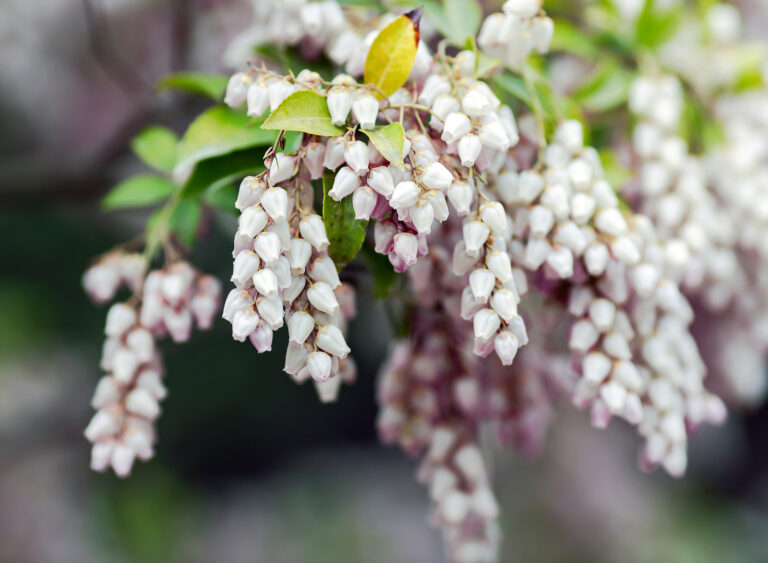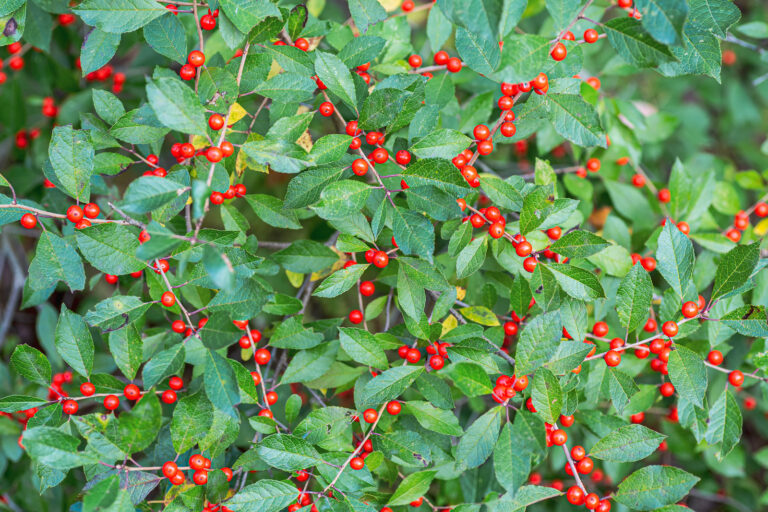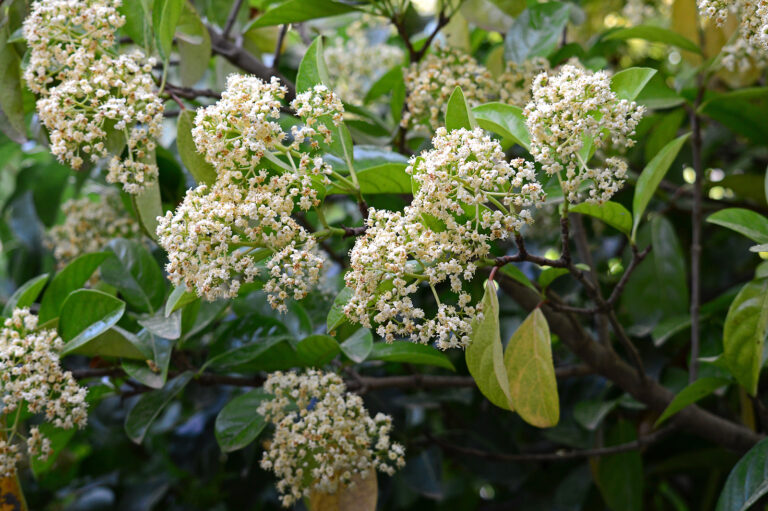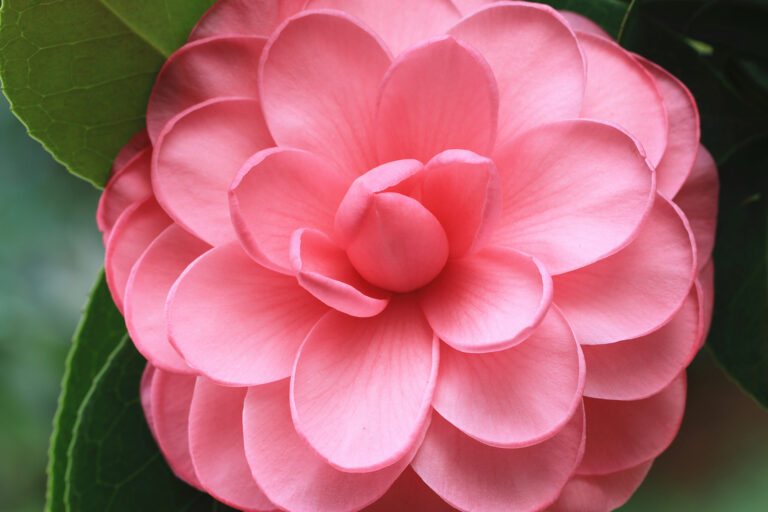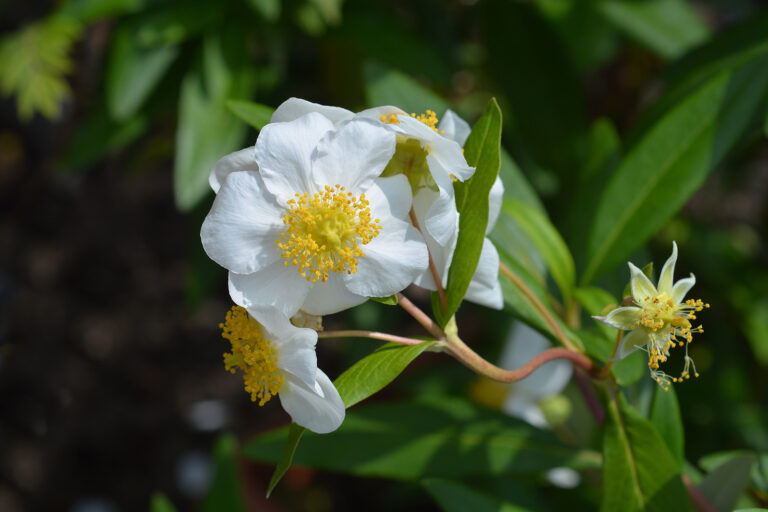How to Grow Kolkwitzia – Beautybush
Kolkwitzia is a deciduous shrub known as beautybush. It bears clusters of pink bell-shaped flowers in mid-to-late spring.
Kolkwitzia is a member of the honeysuckle family. It has an arching habit similar to forsythia. It can grow to 10 feet tall and just as wide or wider but is a relatively slow grower. It requires plenty of room when placed in a shrub border.
Kolkwitzia can grow ragged but is easily renewed if pruned back after bloom time.
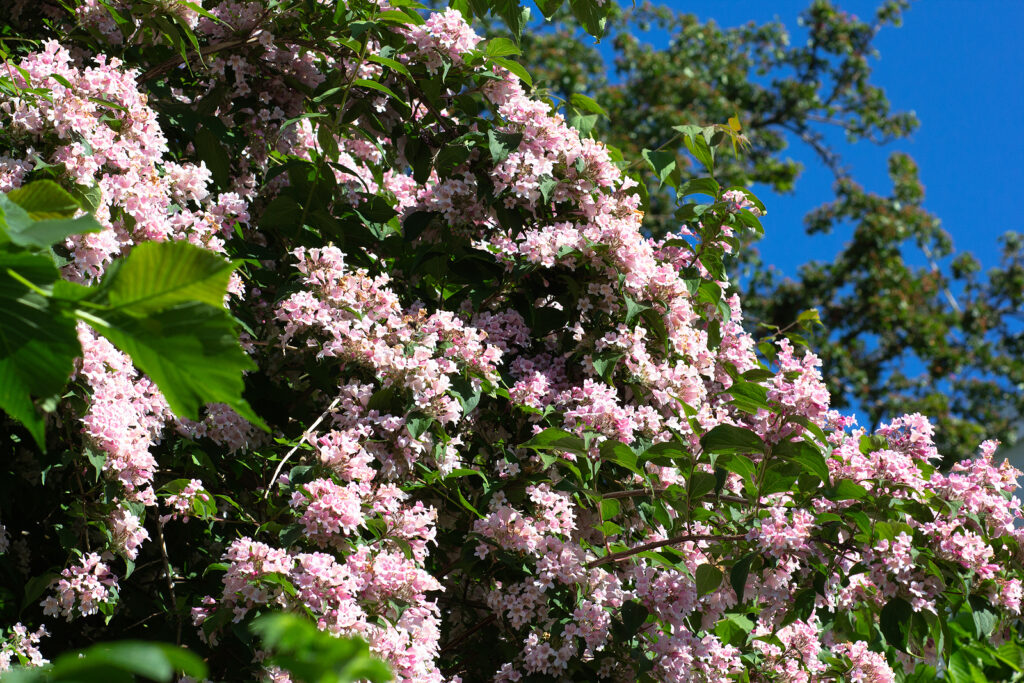
Get to know Kolkwitzia
- Plant type: Deciduous shrub
- Growing zones and range: Zones 4 to 8
- Hardiness: Loses leaves in winter
- Height and width: 6 to 10 feet (1.8-3m) tall and just as wide or slightly wider.
- Foliage: Gray-green leaves to 3 inches long sometimes turn reddish in autumn; brown, flaky bark gradually peels from stems during winter.
- Flowers: Clusters of small, yellow-throated pin flowers; flowers are followed by pinkish-brown, bristly fruit
- Bloom time: Mid- to late spring
- Uses: Shrub border; Kolkwitzia can become rangy and ragged so it is best grouped with other shrubs
- Common name: Beauty bush
- Botanical name: Kolkwitzia
- Family name: Caprifoliaceae
- Origin: China
Where to plant Kolkwitzia
- Plant Kolkwitzia in full sun.
- Kokwitzia grows well in average garden soil, loamy well-drained soil is best.
When to plant Kolkwitzia
- Set container-grown plants in the garden in spring or fall.
- Root Kolkwitzia suckers in spring.
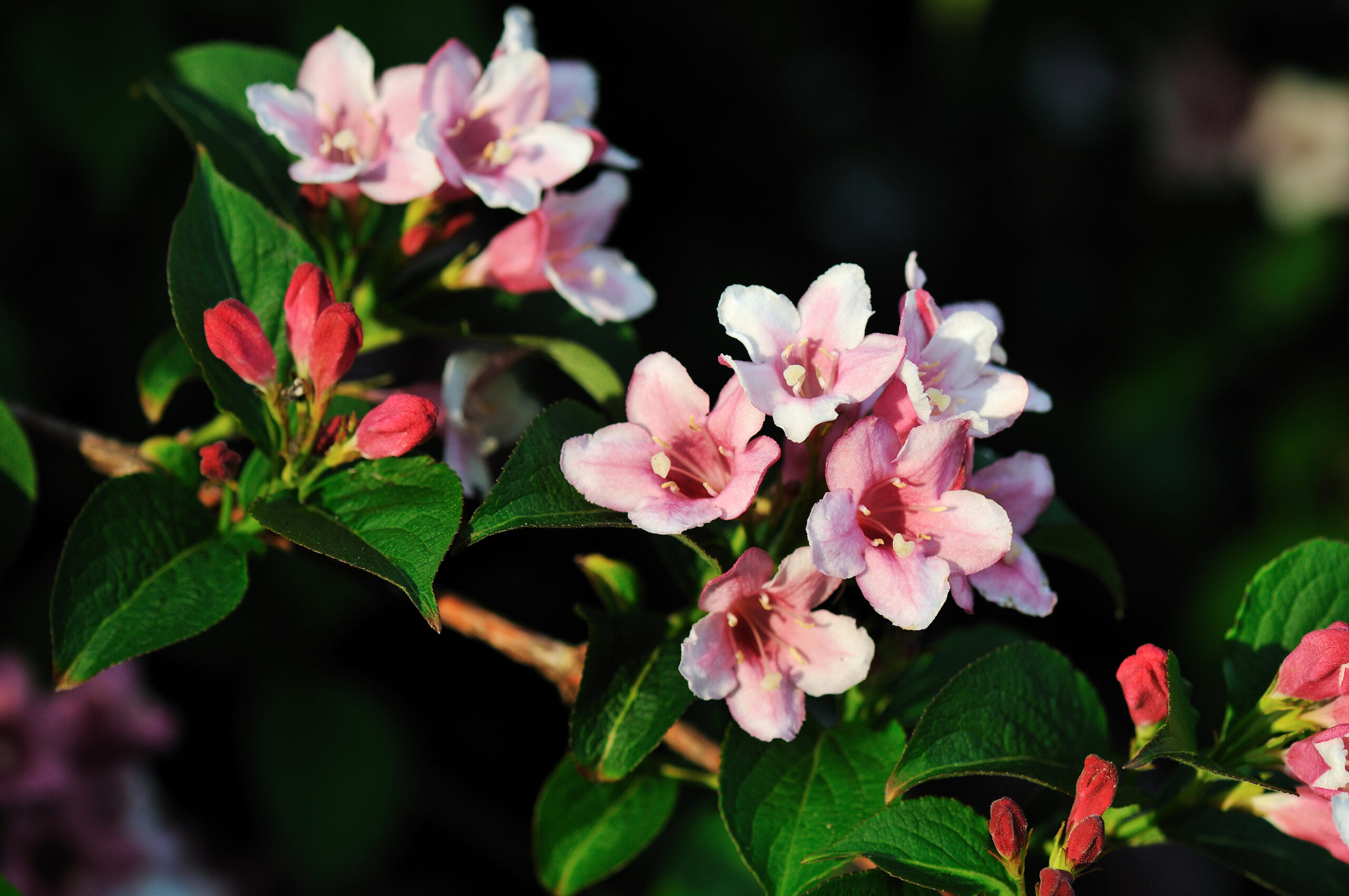
Planting and spacing Kolkwitzia
- Space Kolkwitzia 3 to 5 feet (.9-1.5m) apart.
How to water and feed Kolkwitzia
- Keep the soil evenly moist.
- Fertilize Kolkwitzia with an all-purpose, organic fertilizer in spring.
Kolkwitzia care
- Flowers are borne on wood formed the previous year; thin out the oldest stems after blossoms fade.
- Prune lightly in early spring; plants can be renewed by cutting stems to the ground after bloom.
Kolkwitzia pests and diseases
- Kolkwitzia is usually disease and pest free.
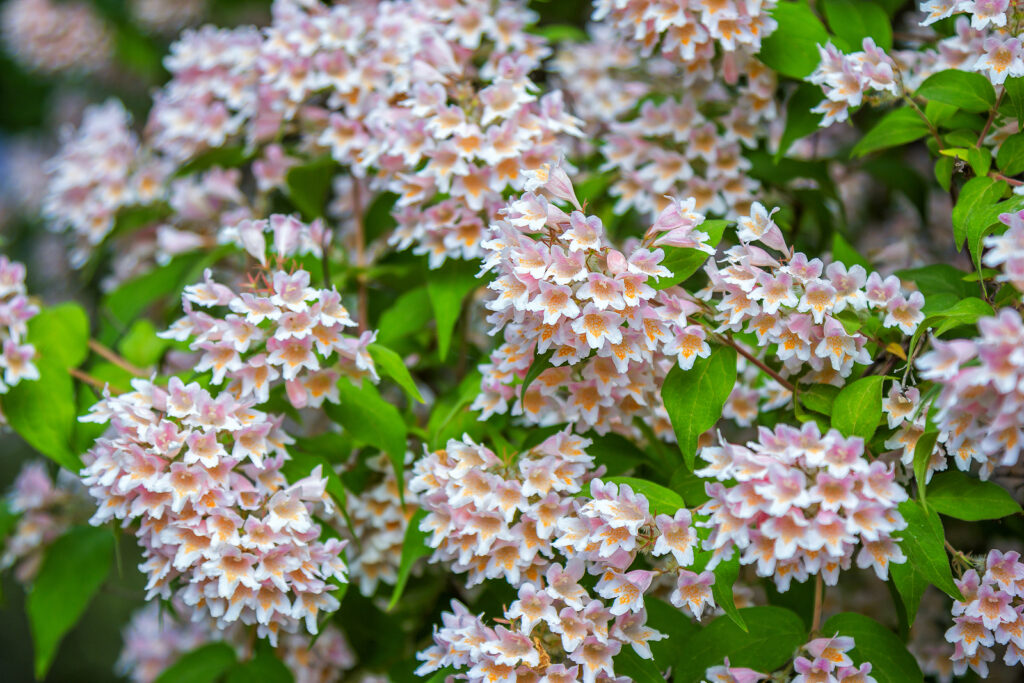
Kolkwitzia propagation
- Take semi-ripe cutting in early to mid-summer.
- Kolkwitzia freely produced from rooted suckers; root suckers in spring for best results.
Kolkwitzia varieties to grow
- Kolkwitzia amabilis, beautybush: Deciduous shrub with erect and arching habit can grow 6 to 10 feet tall and spread wider if given space; dull green leaves may turn slightly yellow or red in fall; flowers are flaring oink bells with yellow throats.


